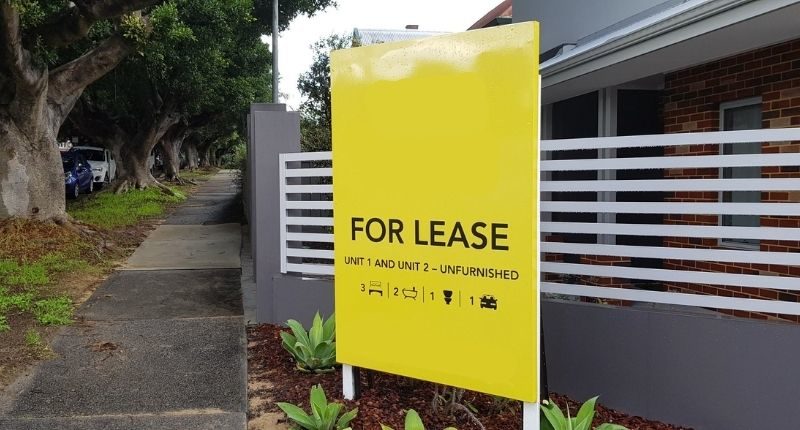- Strong rental demand one of several factors favouring BTR
- Substantial investment made in the sector, and new investors on the scene
- May be one of the solutions to housing affordability
Build to rent (BTR) has been picking up the pace in Australia, with some 8,400 units under construction and the type of capital targeting the sector changing, according to Savills.
The Savills Australia Build to Rent Market Update Q3 2022 said BTR has grown exponentially over the past year and a half, with over $3.5 billion raised and committed to the sector since January 2021.
In terms of stock, institutional grade BTR stock stands at 3,800 units, with 8,400 under construction, and the future pipeline currently standing at 22,500, taking the total size of the sector to 34,700 units completed or in development.
Attracting more investors
The report found that BTR, globally, proved its salt throughout the pandemic, with rents promptly recovering post lockdowns, minimal arrears and elevated renewals, low vacancy, and solid income growth.
“BTR is an appealing operational asset in the current inflationary environment as the granularity of the revenue streams across multiple tenants allows landlords to recoup inflation cost pressure through increasing rents on a regular basis, rather than fixed mechanical increases as would be seen in a long-term commercial office lease,” said Conal Newland, Savills Head of Operational Capital Markets.
The growing confidence in the market is also expected to lead to a broader range of investors entering the BTR market.
The report said that it has “… seen the type of capital targeting the sector change. The balance of BTR investors has shifted toward lower cost-of-capital investors such as pension funds and sovereign wealth, a step already taken in Australia.”
It was also noted the yields have been stable, suggesting investors are attracted to BTR’s long-term income streams.
Safe and growing
Amidst inflation concerns, there are some factors which favour the residential sector.
Historically, residential has proven to be resilient through periods of high interest rates and inflation, said the report.
It was also noted that the sector is likely to be sheltered from reduced consumer spending, as tenants prioritise rent over non-essentials.
Australia’s strong economy and thriving labour market were also noted.
One concern regarding inflation, however, included possible intense rental price increases due to the fact renting comprises one-third of the housing market.
The report said conditions in Australia’s property market are ripe for BTR, with demand on the rise:
“Our household size is reducing with a rise in one-person households and fuelling demand for more homes whilst rental vacancy remains low with limited new supply – creating a strong case for rising rents. As we emerge into the post-COVID climate, immigration is also set to pick up with the government increasing the skilled migrant cap to 195,000, alongside an increasing rate of international students returning onshore,” said Savills’ Director of Operational Capital Markets, Paul Savitz.
Social good
As housing affordability remains a pressing issue, BTR may be able to plug some gaps.
The report highlighted the fact BTR can be delivered to the market with no presale requirement for construction, meaning faster delivery time, and making it an effective pathway to deliver more affordable housing and assist with housing for the vulnerable in the community.
“Our emerging BTR sector is at a pivotal point in its growth trajectory and has also caught the attention of policy-makers, who recognise the role it can play in managing complex issues including affordability, housing deficit, rising rents and new construction,” said Mr Newland.








